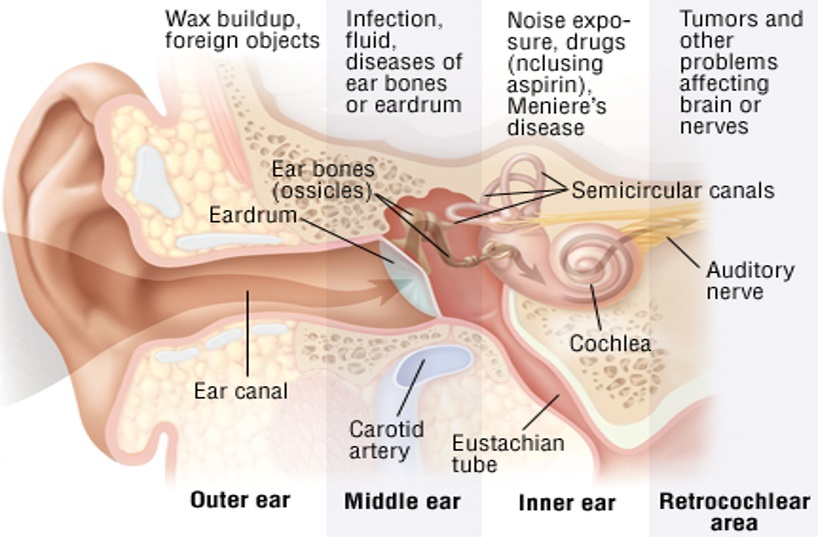What Is Tinnitus
Tinnitus is a sound that present in the ear without external sound stimulation. It can be heard in one ear, both ears, or in the head. In general, tinnitus is known as a ringing sound that can be perceived continuous or intermittently .
Tinnitus can occur across all age groups but, only 0.5 to 2% of cases are significantly affected. Tinnitus is more common among people who suffer hearing loss or ear problems but it can also be found in people with normal hearing.
Causes
Tinnitus is a symptom of many diseases. It may be triggered anywhere along the auditory system . However, the exact cause of tinnitus is still unknown.
Possible causes of tinnitus are as below;
- Inner ear problem associated with hearing impairment eg: Meniere’s disease, aging and noise exposure
- Middle ear problem eg : infections, otosclerosis, perforated eardrum, etc.
- Acoustic neuroma
- Drug ingestion – toxic to auditory nerve
- Cardiovascular or neurological disorder
- Severe trauma or stress
Sumber: www.drugs.com
Assessment
Assessment and treatment of the diseases may not treat tinnitus but an appropriate assessment that includes reliable diagnosis and treatment is important to prevent further disability. In ORL and Audiology clinics, these are the procedures done for tinnitus assessment;
- Clinical history taking about hearing and subjective experience of tinnitus,
- Identification of underlying ear and medical conditions;
- History of employment and family,
- Ear examination,
- Hearing assessment (Pure Tone Audiometry – PTA), Middle ear assessment (Tympanometry).
A detail tinnitus assessment is carried out to diagnose the severity such as:
- Pitch Matching
- Loudness Matching
- Minimum Masking Level
- Residual Inhibition
- Tinnitus Questionnaire
Intervention
There are many treatments to help patients with complaint of tinnitus. However, none of the available treatments could diminish tinnitus completely. It is only to help patients to minimize the effect of tinnitus
There are two objective of tinnitus intervention;
- to reduce tinnitus loudness and
- to reduce the impacts of tinnitus to individual quality of life.
In most cases, tinnitus is reduced after a period of time, even without any treatment. This is referred as habituation.
Example: When we first enter a room with a noisy fan or a humming noise coming from an air conditioner, the loud noise seem to be disturbing..However after a while, it will gradually become unnoticeable to our hearing perception.
If the problem is getting worse, you may need to see an expert for further consultation.
Below are options tinnitus treatment that will be advised by Audiologist in hospitals and hearing health cares. However, it crucially need a proper advice from the expert prior any treatment or intervention.
1. Reassurance and education
The main objectives is to help patients’ with tinnitus understand their problem and to reduce related distress.
2. Hearing aid
Majority of people complaining about tinnitus have some changes in their hearing. This justifies reports that estimated 70% of individuals with hearing impairment suffer tinnitus as well. Thus, it is convenience to consider hearing aids for tinnitus relief.
3. Sound therapy
The aim of this therapy is to increase the perception level of external sounds in the patient’s environment and to decrease the patient’s perception to tinnitus. In zero noise or silent environments, tinnitus is usually more noticeable and it may become less bothersome in noisy environments. Below are options of sound therapy available
- Tinnitus masker
- The size is similar to hearing aid.
- Tinnitus instruments offer selectable frequency bands to allow users to adjust in order to obtain the optimal masking effect.
- Some hearing aid incorporate hearing aid with tinnitus masker. Whereby the hearing aid can function as a hearing amplification device or as a tinnitus masker only or, can function as both at the same time.
| Tinnitus masker | Neuromonics |
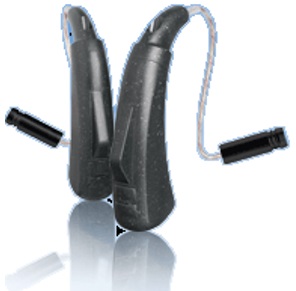 |
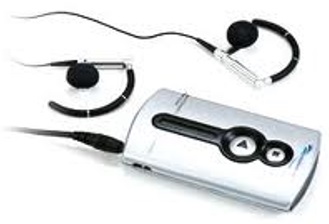 |
| Source: hearingcaresolutions .com | Sumber: www.hearingsolution.com.my |
- Environmental sounds
- Sounds from television, radio or noise from fan and clock ticking also could help to reduce tinnitus loudness.
- The most important is to avoid the silence.
| Tinnitus masker audio CD’s | Tabletop sound machine | Using radio when in quiet |
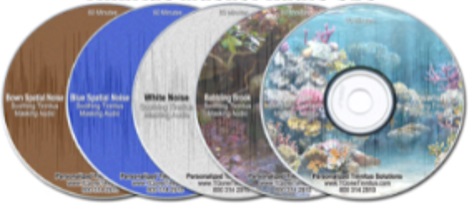 |
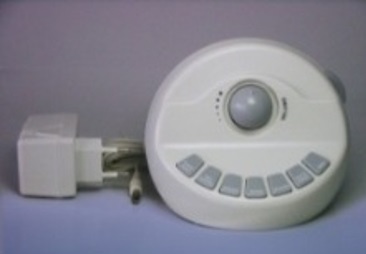 |
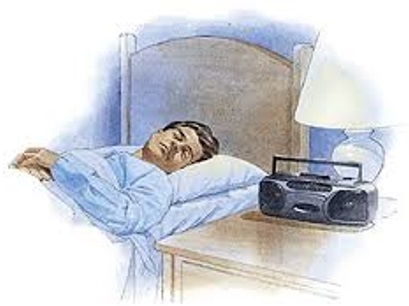 |
| Sumber: tgonetinitus .com | Source: tinnitoolusa.com | Source: www.vanderbilthealth.com |
4. Psychological treatments
- Psychological intervention is a specialize treatment which is conducted by certified mental health professionals such as clinical psychologists, psychiatrists and psychologists.
- It helps patients with tinnitus to change their patients’ negative perception to be positive
5. Tinnitus retraining therapy (TRT)
- It aims at helping tinnitus sufferers to achieve habituation in tinnitus perception.
6. Low-level laser therapy
- The effectiveness of this treatment still under research,
- The laser light is applied through the ear canal to the inner ear-to improve
- local blood flow in the inner ear, activate repair mechanism in the inner ear
- Patient should undergo laser treatment for at least 20 minutes per day for 10 weeks.
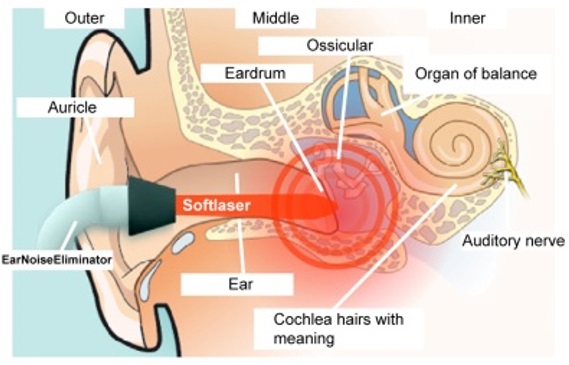 |
| Source:http://alternativmedizin.li/english/soft-laser-device/ |
References
- Henry JA, Dennis KC, Schechter MA. General review of tinnitus: prevalence, mechanisms, effects, and management. Journal of Speech, Language and Hearing Research. 2005;48(5):1204.
- Hoffman HJ, Reed GW. Epidemiology of tinnitus. Tinnitus: Theory and management. 2004:16-41.
- Møller AR. Pathophysiology of tinnitus. Otolaryngologic Clinics of North America. 2003;36(2):249-66
- Jastreboff PJ. Tinnitus habituation therapy (THT) and tinnitus retraining therapy (TRT). Tinnitus handbook. 2000:357-76.
- S.Tyler R. Tinnitus treatment: clinical protocols. New York: Thieme; 2006.
- Tyler RS, Baker LJ. Difficulties experienced by tinnitus sufferers. Journal of Speech and Hearing disorders. 1983;48(2):150.
| Last Reviewed | : | 23 March 2016 |
| Writer/Translator | : | Wan Suhailah bt. Wan Husain |
| Accreditor | : | Nur Azyani bt. Amri |


